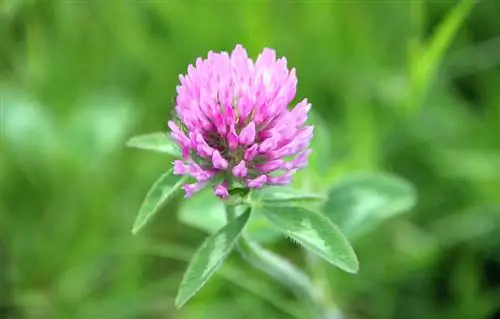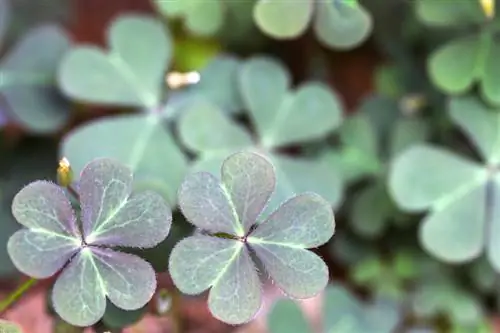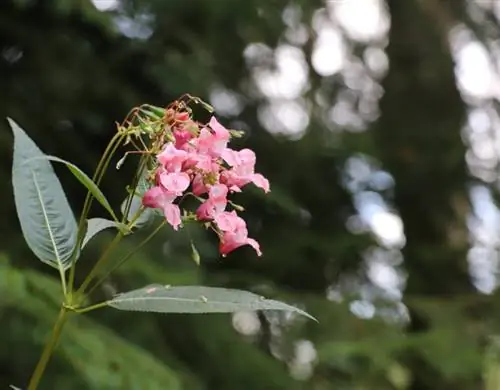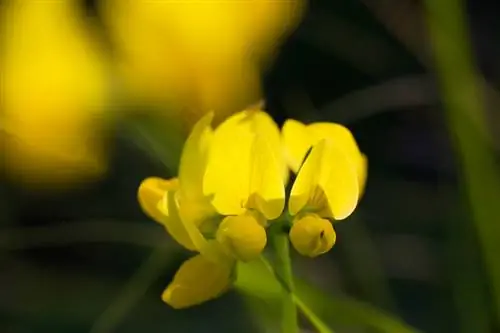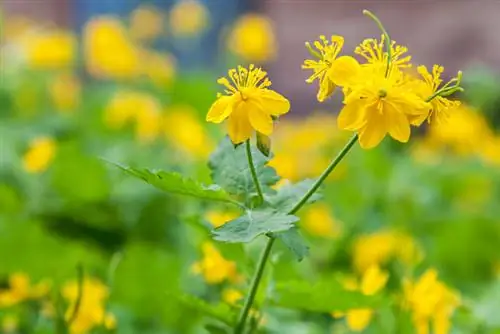- Author admin [email protected].
- Public 2023-12-16 16:46.
- Last modified 2025-01-23 11:20.
There are around 800 species of wood sorrel worldwide. Wood sorrel is particularly well-known and relevant in this country. Perhaps you have already met him in the forest? But what do you actually know about him?
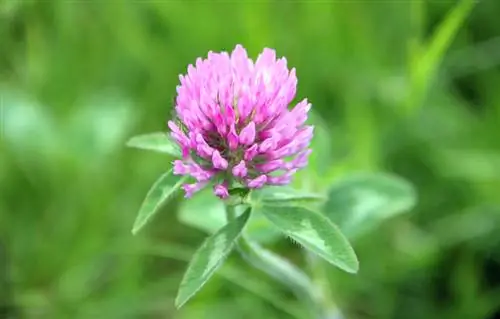
What are the characteristics and requirements of wood sorrel?
Sorrel is a plant in the sorrel family with 800 species, a ground-covering, cushion-shaped habit, green, heart-shaped leaves, white to pink flowers that bloom from April to May, and capsule fruits. It prefers sunny to shady locations, slightly acidic, humus-rich, nutrient-rich, moist and permeable soils.
Sorrel fact sheet
- Plant family: Sorrel family
- Other names: cuckoo clover, lucky clover
- Occurrence: deciduous and coniferous forests
- Growth: ground-covering, cushion-shaped
- Leaves: threefold, heart-shaped, green
- Flowering period: April to May
- Flowers: five-fold, radially symmetrical, white to pink
- Fruits: capsule fruits
- Location: sunny to shady
- Soil: humus, nutrient-rich, slightly acidic, moist, permeable
- Propagation: (self-)sowing, division
- Care requirements: no special care requirements
Where the name comes from
The sorrel owes its name to its taste. It is edible and tastes predominantly sour. There is also a subtle fruity note. The sour taste results from the oxalic acid it contains, which is toxic in large quantities.
Demands on the location
The ability to thrive in the shade benefits wood sorrel. But it prefers to be in a sunny to semi-shady place, for example in meadows and along roadsides. The soil should be slightly acidic, well-drained, moderately nutrient-rich and ideally humus-rich.
An annoying weed and powerful medicinal herb
Many gardeners know wood sorrel as a annoying weed. They just can't get rid of him. This may be due to his preference for self-sowing. But where does this plant grow naturally if not in gardens? It occurs more or less throughout Europe. It can be found at altitudes of up to 2,000 m. It prefers deciduous and coniferous forests as its home.
The healing power of sorrel should not be underestimated, which is why combating it should be reconsidered. It can be used both internally and externally and helps, for example, with rheumatic complaints. It has a blood purifying, antipyretic and diuretic effect.
This is how you recognize him
The sorrel grows between 5 and 15 cm tall with its pillow-like growth. Its three-part pinnate leaves are heart-shaped and fresh green in color. In spring the delicate flowers pile up above the leaves. They are solitary, cup-shaped and white to pink.
Tip
Even though wood sorrel is very similar to meadow clover. These two plants are not related to each other because they come from two different plant families.

